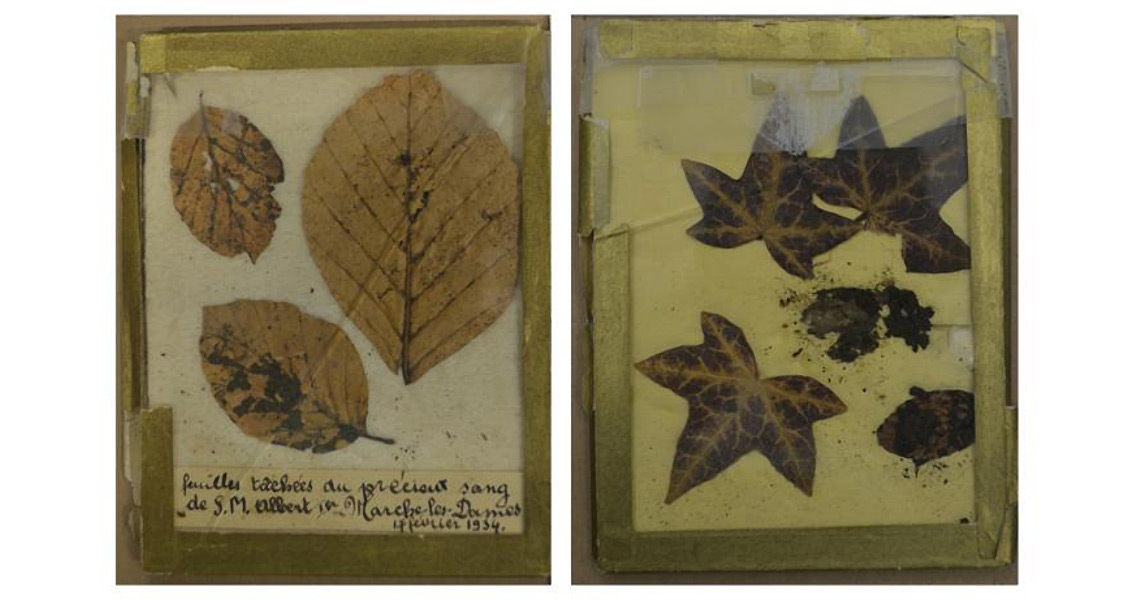<![CDATA[The death of King Albert I of Belgium has fueled conspiracy theories for over 80 years, but new forensic evidence looks to have put the case to rest once and for all. King Albert's death sent shockwaves around the world, the popular monarch mourned in his homeland and beyond. According to official accounts, Albert, the third king of the Belgians, died on 17th February 1934 after falling from rocks in Marche-les-Dames, in the Ardennes region of Belgium near Namur. Almost immediately some started to question the official verdict, spurred on by the fact that there were no witnesses to the Belgian King's fatal accident. It is said that the King was murdered elsewhere, or that the accident was staged after the king had been killed earlier. Supposed motives for the royal murder include a crime of passion fueled by a love rivalry, or an assassination for political means. Evidence supporting these theories has never been found, however. New DNA evidence, obtained by forensic geneticist Maarten Larmuseau and his colleagues at KU Leuven (University of Leuven, Belgium), has undermined one of the major conspiracy theories. The scientists compared DNA from blood found at the scene in 1934 to that of two of Albert's distant relatives. Larmuseau and colleagues found that the blood was that of Albert I, confirming it was him who died in Marche-les-Dames in 1934. The story of how the forensic scientists obtained samples of blood from the site of King Albert I's death is a fascinating one. Following the King's fatal accident, Marche-les-Dames became a place of pilgrimage for those wishing to pay tribute. Rather morbidly, relics started to appear that contained trails of the King's blood, the items supposedly collected on the night of 17th February 1934, by people living close to the site of his tragic accident. Reinout Goddyn, a journalist for the Flemish television programme Royalty, bought one such relic: blood stained tree leaves, determined to find out once and for all if they were truly covered in the monarch’s blood. In 2014, Professor Dieter Deforce from the University of Gent carried out tests confirming the blood was human. From there, Larmuseau and his team commenced DNA analysis to confirm whether the blood did indeed belong to King Albert I. “King Simeon II of Saxe-Coburg and Gotha, the last tsar and former prime minister of Bulgaria who is related to Albert I on his father’s side, and Anna Maria Freifrau von Haxthausen, a German baroness who is related to Albert I on her mother’s side, were willing to cooperate. They gave up DNA samples that we compared with the DNA of the trails of blood. We found that the blood is indeed that of Albert I.” said Larmuseau, in a press release from KU Leuven. “The authenticity of the trails of blood confirms the official account of the death of Albert I. The story that the dead body of the king has never been in Marche-les-Dames or was only placed there at night has now become very improbable. Furthermore, the results show that conducting a perfect legal investigation at the time was impossible right from the start, because souvenir hunters had disturbed the scene.” Larmuseau continued. Born in April 1875, King Albert succeeded to the throne in 1909. His popularity came from his refusal to allow German troops free passage through Belgium in 1914, and his personal leadership of the Belgian army during the First World War. Following the armistice, his reign was considered crucial in securing Belgium’s post war recovery. For more information: www.fsigenetics.com Image courtesy of © KU Leuven – Maarten Larmuseau ]]>
DNA Tests Quash King Albert I Death Conspiracy Theory
